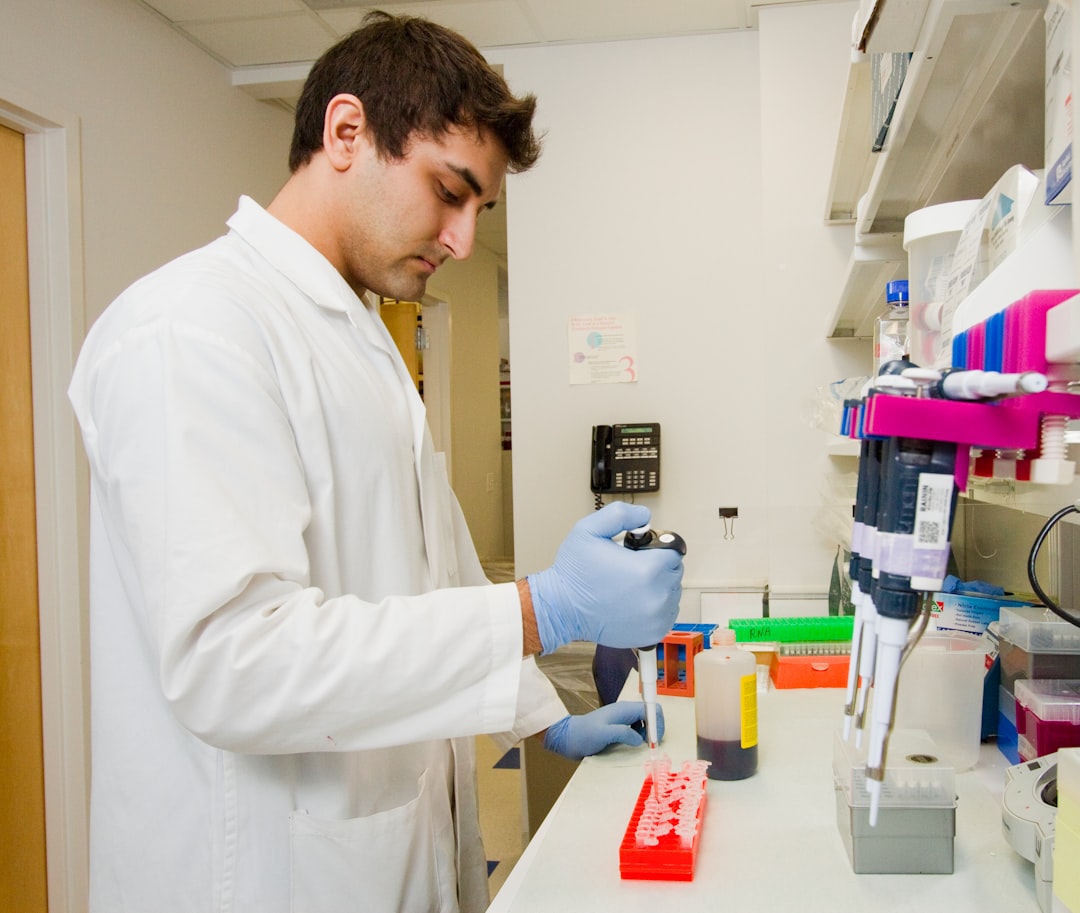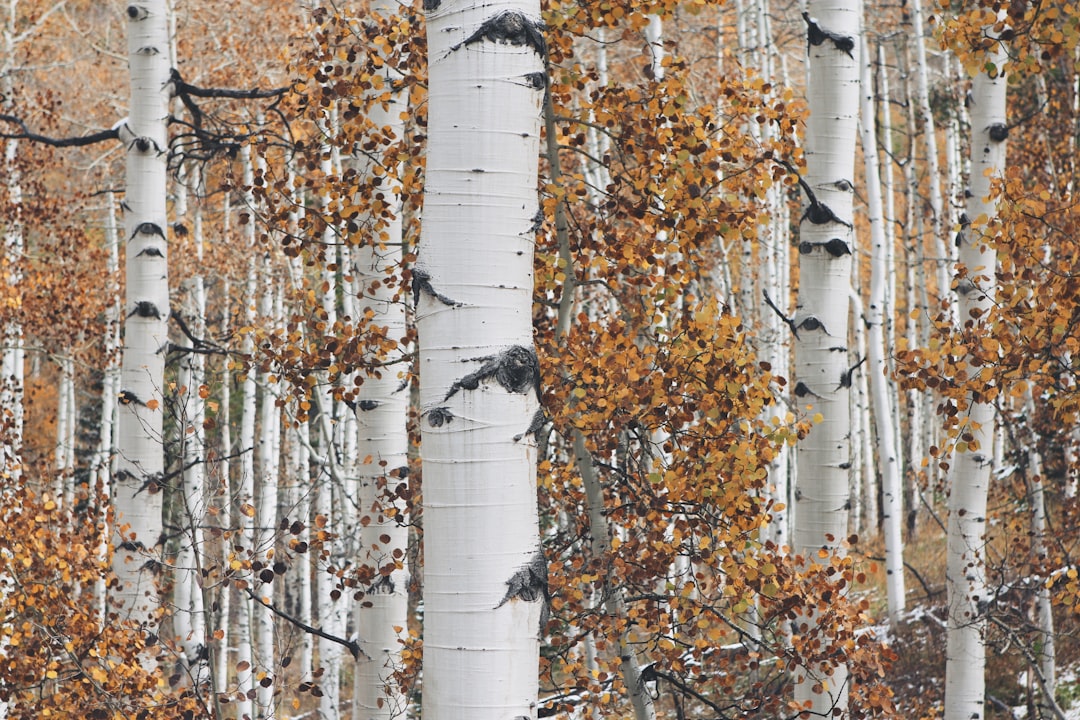What is it about?
Viburnum shrubs produce many compounds that are structurally elaborate, which are highly challenging to synthesise. Here, we present the first synthesis of two such compounds, neovibsanin G and 14-epi-neovibsanin G, by mimicking the pathway that is hypothesised to occur in the plant.
Featured Image

Photo by Chromatograph on Unsplash
Why is it important?
Neovibsanin G and 14-epi-neovibsanin G are 'caged' neovibsanins, which are some of the most complex compounds found in the viburnum plant species. This work represents the first synthesis of a caged neovibsanin, demonstrating that these elaborate structures can be made synthetically.
Read the Original
This page is a summary of: Enantioselective total synthesis of (−)-neovibsanin G and (−)-14-epi-neovibsanin G, Chemical Communications, January 2012, Royal Society of Chemistry,
DOI: 10.1039/c1cc15995j.
You can read the full text:
Contributors
The following have contributed to this page










